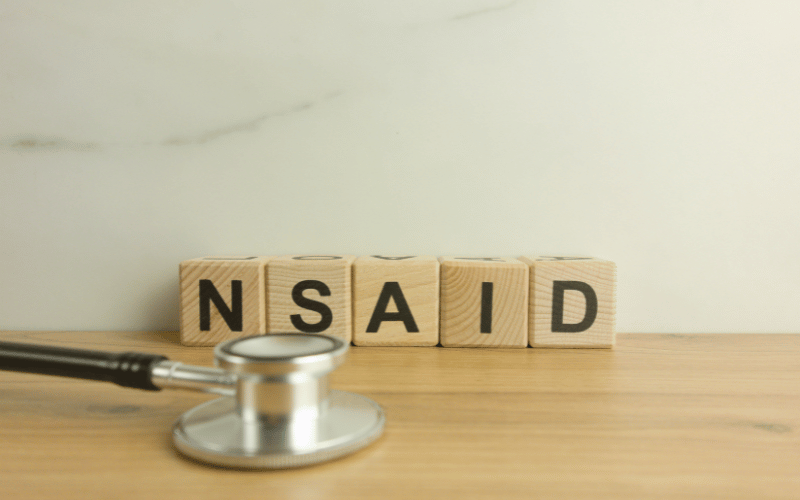5. Medication Overload: The Double-Edged Sword of Pain Relief

When it comes to chronic gastritis, medication isn’t always your friend. Sure, it can alleviate symptoms, but some medications can also be the culprits behind this pesky condition. We’re talking about nonsteroidal anti-inflammatory drugs (NSAIDs), commonly taken for everything from headaches to arthritis pain.
NSAIDs can be a real Pandora’s Box. On one hand, they effectively reduce inflammation and provide pain relief. But on the flip side, they can cause considerable damage to your stomach lining. NSAIDs work by blocking certain enzymes that help produce substances that protect the stomach lining. So while you’re curing one issue, you might be setting the stage for another.
Did you know that prolonged use of NSAIDs is one of the leading causes of peptic ulcers? These are open sores that form on the inner lining of your stomach, and they often stem from chronic gastritis. But it doesn’t stop there. Once the stomach lining is compromised, it becomes a fertile ground for bacterial infections, leading to a host of other digestive issues.
There’s also the issue of medication interactions. If you’re already on medication for another health condition, adding NSAIDs into the mix can create a cocktail of complications. The combined effect of different medicines can be much harsher on your stomach lining, causing further inflammation and irritation.
Here’s the thing, though: it’s not all doom and gloom. If you absolutely need to take NSAIDs, there are ways to minimize the risks. Opting for lower doses, using them for shorter periods, and never taking them on an empty stomach are some strategies that can help. But knowledge is power, and understanding the risks involved with medication can help you make more informed choices when dealing with chronic gastritis. (5)